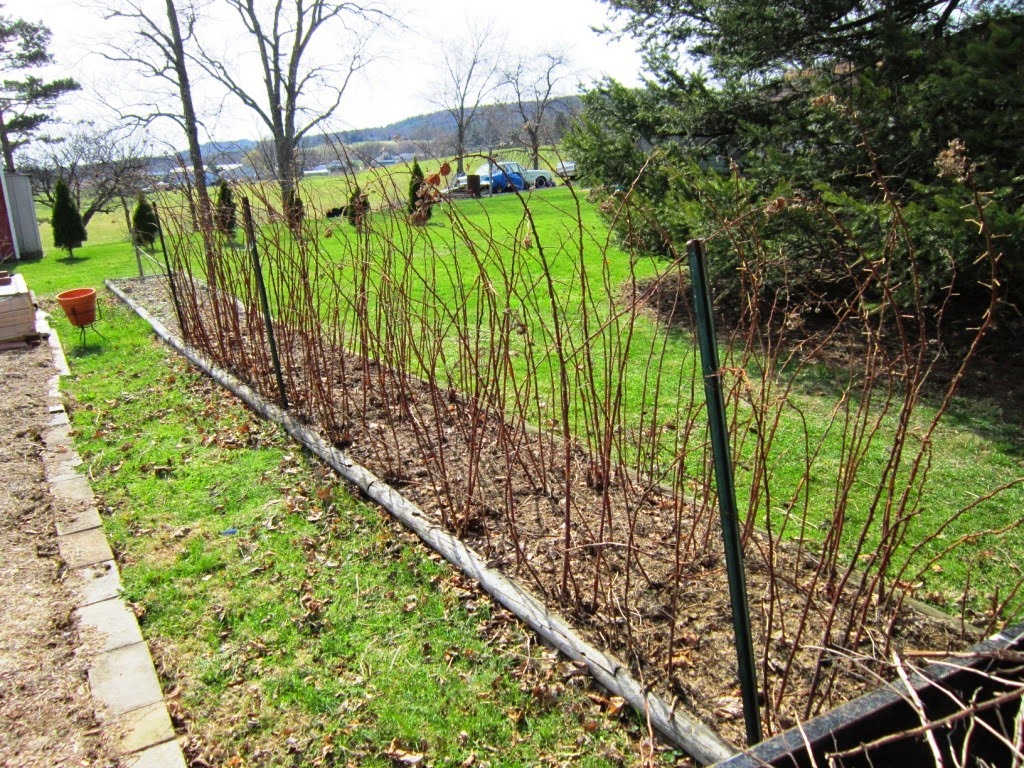The price of food goes up as a result of normal inflation, we all know that. But you might have noticed recently that food prices are going up faster than inflation. What is causing this? Several things.
1. Bananas
Fungus Causing Banana Emergency
A fungal disease, Fusarium oxysporum, is well on its way to wiping
out the world’s supply of Cavendish bananas – the world’s most popular
banana. With no widespread remedies to the naturally occurring fungus
available, the prospects are dire to contain the disease from destroying
the fourth-largest agricultural product on Earth. The news is reminiscent of the devastation wrought by the same fungus
six decades ago against the Gros Michel banana – previously the world’s
bestselling banana. The Cavendish replaced the Gros Michel due to their similar tastes,
and because of greater disease resistance. Currently, there are no
replacement bananas available to fill in for the Cavendish, thus if the
Cavendish goes the way of the Gros Michel, bananas could be nothing more
than a sweet memory. Banana prices continue to inch nearer to their record highs from March 2012.
2. Beef
Beef… It May NOT Be What’s for Dinner Anymore
The western drought continues to affect commodity prices, as ranchers
send their herds to slaughter in increasing numbers due to the lack of
available water. The number of cattle in the United States currently stands at less
than 88 million. That’s the lowest level since 1951 – when the
population of the United States was 154 million (about half the size of
today). As the record drought continues, beef prices could rise 7% to 8% in
2014, and roughly the same amount in 2015. Ground beef may see
especially steep price hikes, upwards 10% to 15% this year alone. All of
this means consumers will experience food inflation not seen in decades.
3. Pork
US pork prices rise 10% after virus kills millions of piglets
A virus never before seen in the US has killed millions of baby pigs
in less than a year, and with little known about how it spreads or how
to stop it, it's threatening pork production and pushing up prices by
10% or more. Estimates vary, but one economist believes case data
indicate more than 6m piglets in 27 states have died since porcine
epidemic diarrhea showed up in the US last May. A more conservative
estimate from the US Department of Agriculture shows the nation's pig
herd has shrunk at least 3% to about 63m pigs since the disease
appeared. The US is both a top producer and exporter of pork, but production
could decline about 7% this year compared to last – the biggest drop in
more than 30 years, according to a recent report from Rabobank, which
focuses on the food, beverage and agribusiness industries. Already,
prices have shot up: a pound of bacon averaged $5.46 in February, 13%
more than a year ago, according to the US Bureau of Labor Statistics.
Ham and chops have gone up too, although not as much.
4. Corn
Corn is used for so many products and American farmers grow a lot of it. But with millions of bushels diverted to produce ethanol, a feel good but misguided attempt to lower petroleum imports, the price has recently hit $5.00 a bushel. That is not the peak price but it certainly raises the price of farm animals that are few corn (which is everything). High priced corn raises the price of poultry, pork, and beef. Since the beginning of the year, corn prices have gone up 22%.
5.
Chicken: Poultry prices increased 4.7 percent last year, the
Department of Agriculture says, but 2014 is shaping up as one of the
most-profitable years ever for chicken producers, as consumers switch
from beef and pork. The government projects that Americans will eat the
most chicken in three years. The law of "Supply and Demand" dictates that with more demand for chicken and other poultry the prices will go up. The high price of feed corn will inflate prices as well.
6.
Fruits and Vegetables
The ongoing California drought has caused crop shortages that are only
expected to worsen. The combination of disease and an unusually cold
winter has damaged citrus crops across the Sun Belt. A month ago, you could buy fresh limes at grocery
stores priced three for a dollar. But this week, non-organic limes were
selling for 79 cents apiece at Safeway stores, and 98 cents each at Fred Meyer.
That sudden price spike is the result of a drought has decimated the
lime crop in Mexico, where almost all of the limes that are sold in the
U.S. come from. The ongoing drought in California could bump up the price for a head of
lettuce by 34 percent, to roughly $2.44. Avocados could go up 28
percent, to $1.60 each.
Average increases vs. 1 year ago:
- Chicken: 5%
- Grapefruit: 6%
- Wine 8%
- Beef: 8%
- Turkey 9%
- Bacon: 13%
- Oranges: 23%
These facts make it all the more important for you to develop alternate means to secure food for you and your family. If you page back through this Blog you can find information on gaining food security through:
1. Hunting
2. Fishing
3. Foraging
4. Gardening
This is the time of year for picking and eating Dandelion. Get out and pick and eat this super food.
Click on the Dandelion link above to see that posting again.
Click on the Dandelion link above to see that posting again.




